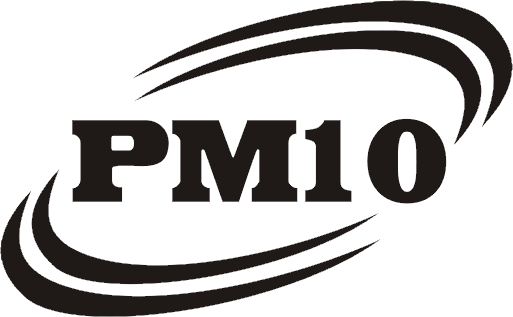Erosion Control – Mulching
PM10 INC IS THE LEADER IN EROSION CONTROL IN CALIFORNIA
 Mulch is used for various purposes:
Mulch is used for various purposes:
– to adjust soil temperature by helping soil retain more heat in spring and fall, and by keeping soil cool and even out temperature swings during hot and variable summer conditions
– to control weeds by blocking the sunlight
– to retain water by slowing evaporation
– to add organic matter and nutrients to the soil through the gradual breakdown of the mulch material
– to repel insects
– to incrementally improve growing conditions by reflecting sunlight upwards to the plants, and by providing a clean, dry surface for ground-lying fruit such as squash and melons.
– for erosion control – protects soil from rain and preserves moisture
– for sediment control – slows runoff velocity
– organic residues – grass clippings, leaves, hay, straw, shredded bark, whole bark nuggets, sawdust, shells, wood chips, shredded newspaper, cardboard, wool, etc. Many of these materials also act as a direct composting system, such as the mulched clippings of a mulching lawn mower. There are many differing opinions on what to use.
– compost – This relies on fully composted material, where potential weed seed has been eliminated, or else the mulch will actually produce weed cover.
– rubber mulch – Environmentally safe & secure; made from 100% recycled rubber.
– plastic mulch – Crops grow through slits or holes in thin plastic sheeting. This method is predominant in large-scale vegetable growing, with millions of acres cultivated under plastic mulch worldwide each year (disposal of plastic mulch is cited as an environmental problem).
– organic sheet mulch – Various products developed as a biodegradable alternative to plastic mulch.
– rock and gravel can also be used a mulch. In northern climates the heat retained by rocks will extend the growing season.
The way a particular organic mulch decomposes, and reacts to wetting by rain and dew, determine in great degree its effectiveness. Organic mulches can rot rapidly rather than slowly break down, and it can mat into a barrier that blocks water and air, both conditions that can be detrimental to crops.
Living mulch may also be considered a type of mulch, or as a mulch-like cover crop. This technique involves under sowing a main crop with a fast-growing cover crop that will provide weed suppression and other benefits associated with mulch.
Mulching is an important part of any no-dig gardening regime, such as practiced within permaculture systems.
Mulch is usually applied towards the beginning of the growing season, and may be reapplied as necessary. It serves initially to warm the soil by helping it retain heat. This allows early seeding and transplanting of certain crops, and encourages faster growth. As the season progresses, the mulch stabilizes temperature and moisture, and prevents sunlight from germinating weed seed.
Plastic mulch used in large-scale commercial production is laid down with a tractor-drawn or standalone plastic mulch layer. This is usually part of a sophisticated mechanical process, where raised beds are formed, plastic is rolled out on top, and seedlings are transplanted through it. Drip irrigation is often required, with drip tape laid under the plastic, as plastic mulch is impermeable to water.
In home gardens and smaller farming operations, organic mulch is usually spread by hand around emerged plants. For materials like straw and hay, a shredder may be used to chop up the material. Organic mulches are usually piled quite high, six inches or more, and settle over the season.
